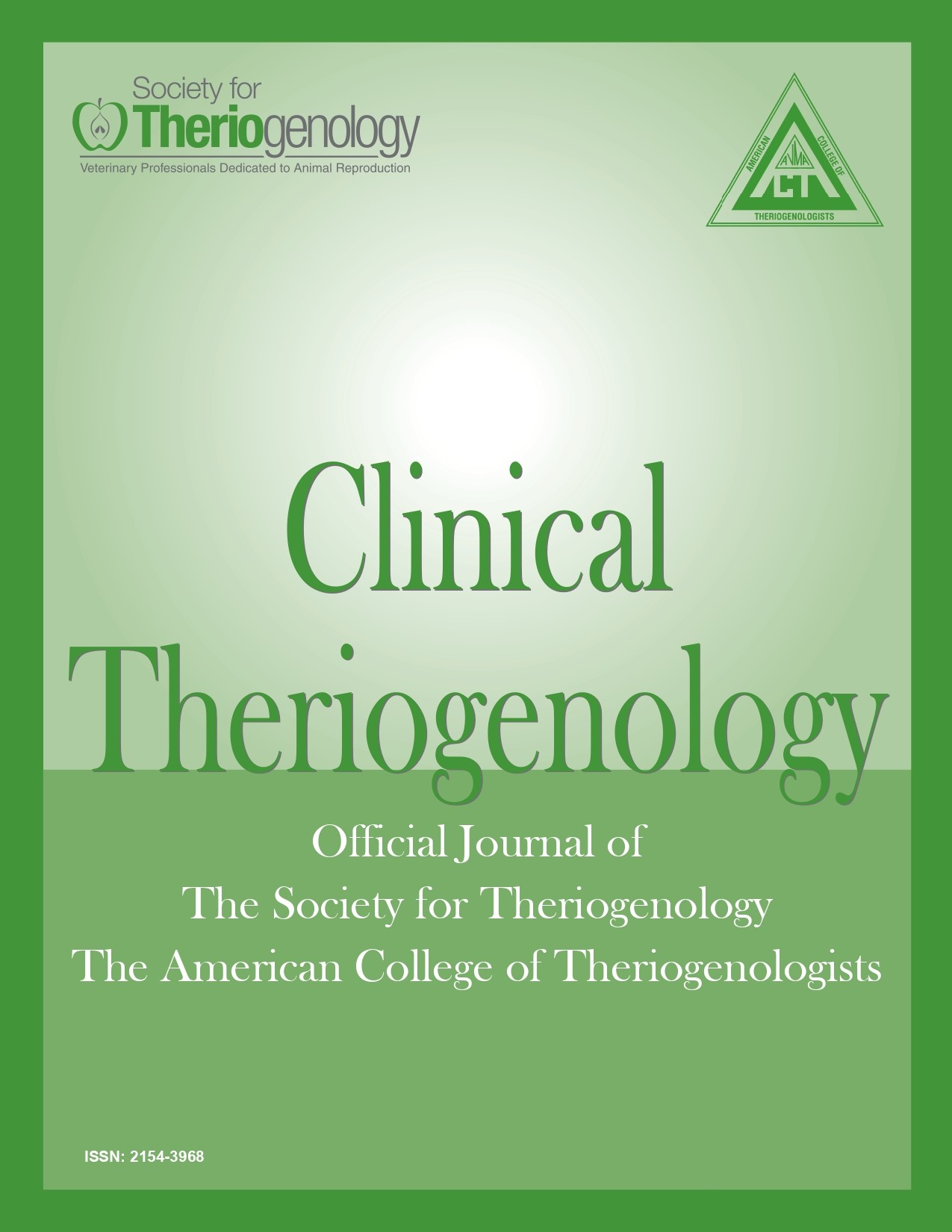Non-surgical methods of contraception and sterilization in select domestic and wildlife species
Abstract
Population control of domestic and wildlife species is an important consideration of veterinarians and wildlife management organizations. Despite decreased rates of euthanasia in United States animal shelters, millions of dogs and cats continue to be euthanized each year. Additionally, almost half of the United States feral horse population is currently housed at government-sponsored facilities and lands, and other populations, such as white-tailed deer, have expanded to be considered pest species in some areas of the United States. Standard surgical sterilization techniques have been used to help regulate small animal populations; however, other, more efficient means of population control are needed, particularly for freeroaming and large animal species. Non-surgical contraception and sterilization methods have the potential of fulfilling this need. Although the ideal method has yet to be developed, vaccines against gonadotropin-releasing hormone and zona pellucida glycoproteins have shown promise as contraceptive agents, and intra-testicular injections have been used to induce sterility in males. This review will focus on methods of non-surgical contraception and sterilization which have been researched in cats, dogs, horses, and select wildlife species, and discuss current or future research which may result in increased efficacy, prolonged immune response, and fewer adverse effects in the target species.
Downloads

This work is licensed under a Creative Commons Attribution-NonCommercial 4.0 International License.
Authors retain copyright of their work, with first publication rights granted to Clinical Theriogenology. Read more about copyright and licensing here.





